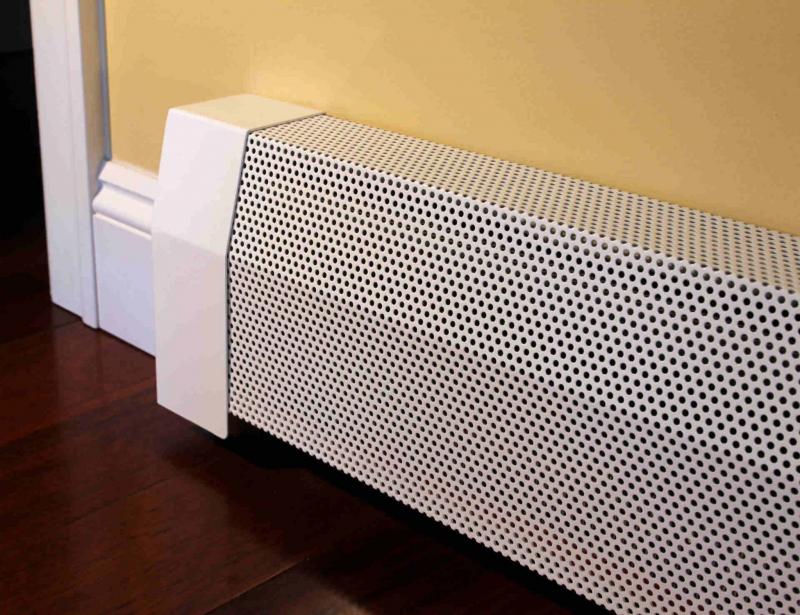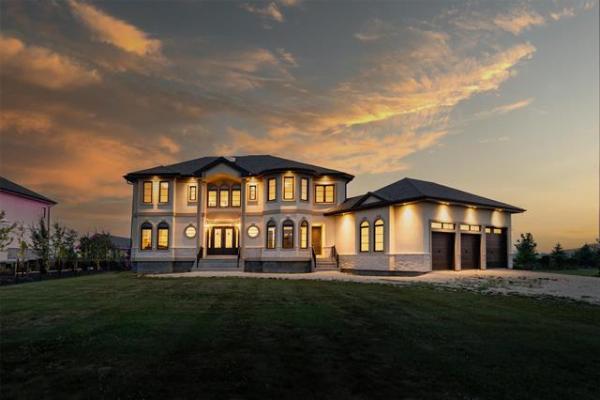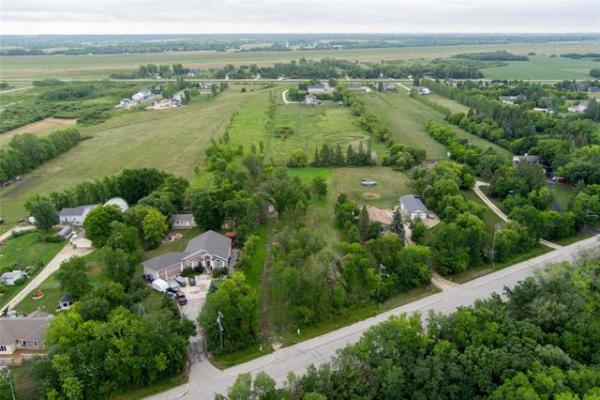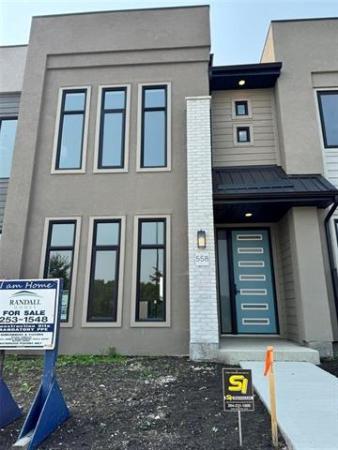QUESTION: I was wondering if you could help me with a dilemma. We recently purchased a cottage that has a small, maybe eight by eight foot, well-insulated basement that houses our plumbing. This includes the pump, hot water tank and all water lines. When we bought it, the home inspector, I believe, told us that a light bulb is all you need to heat this small space. There is an old baseboard heater there, but it is not supposed to come on unless the bulb burns out. Have you ever heard of this? This is what I recall the home inspector saying.
However, last year my husband kept the heater running on low all winter and our bill was ridiculous. He doesn’t believe the light bulb is sufficient and wants to buy a more efficient heater that is not hard-wired. He wants to plug it in and leave it on low for the winter. The problem is we cannot find anything like this.
Do you think a light bulb is enough? If not, can you recommend an alternative?
Thanks so much for your time.
— Kelly Ciullo
Answer: Heating a cottage crawlspace all winter long, just to prevent the water supply system from freezing, can be a costly proposition for occasional use. You appear to have a proper system in place, which should work more efficiently with better controls. The decision should not be whether to rely on a useless light bulb or inefficient heater, but whether to heat the pipes or drain them altogether.
The decision you have made to heat the small basement or crawlspace of your seasonal home is one that needs proper planning. The suggestion by your home inspector that a standard light bulb will be sufficient to keep the pipes from freezing in an eight-foot square basement is absurd. While that may work if you had a tiny enclosure, large enough only for a pump and small pressure tank, it will certainly not work for your area, no matter how well insulated. To verify this, you can research how much heat is produced by this light bulb and calculate how much heat is required to keep your basement area above zero on a moderate winter day. You will quickly find that it is nowhere near enough heat to prevent a disaster. Furthermore, light bulbs have a limited life expectancy and may burn out anytime, leaving you with frozen pipes.
Yes, a properly installed baseboard heater could be used as a back-up in case your other light bulb system failed, which is a certainty in a Manitoba winter. This would require an accurate thermostat, connected to the baseboard heater, set a few degrees above 0 C. When the temperature in the basement reached this low level, the baseboard heater would come on to prevent frozen pipes. While this should work, I would suggest eliminating the useless light bulb idea and only using the electric heater. It should have exactly the same outcome and may even require less energy. The thermostatically controlled heater will not engage until needed, while the basement light would remain on whether required or not in warmer weather.
So, I would recommend abandoning the idea of using a light for heating purposes and spending your time and effort upgrading the older heater and ensuring it is operating as efficiently as possible. To achieve this goal, you should first check the wiring and the circuit breaker to ensure it is wired properly. Any baseboard heater used for this purpose should be hard-wired to a 240-volt double-pole breaker. If that is not the case, and your heater is wired to a single-pole 120-volt circuit, your heating cost will be approximately double what it should be. Also, ensuring that you have a separate thermostat, not a small, round-dial type mounted on the heater, will allow you to set the temperature a few degrees above freezing, rather than wasting energy overheating this area when not in use. If the baseboard heater is older and rusted, replacing it with a relatively inexpensive new one will also improve your chances of lower heating bills. Hiring a licensed electrician, or an HVAC technician familiar with electric heating, will ensure these things are done properly and the new baseboard heater is properly sized for the basement area.
While your husband is correct that the light bulb idea is wrong, his theory about replacing a relatively efficient heater with a plug-in model to save energy is misguided. Plug-in heaters run on 120 volts and are inefficient to begin with because of this flaw, which is for safety purposes. Even larger construction heaters, which plug into a 240 volt receptacle, may not be any cheaper to run than a standard baseboard unit. That is likely why you have not been able to "find anything like this."
The focus of your reform should alternatively be on deciding whether heating the basement all winter long is necessary, or not. This will depend, largely, on how much you plan to use the cottage that time of year. If you use it only a few times over the course of the long winter, you may be better off draining the pipes and water heater and shutting off the pump and heat. That would require bringing in water during periodic winter use, for consumption, washing and toilet-flushing purposes, while leaving the plumbing supply system drained. The alternative would be to heat up the cottage prior to use, turn on the pump and water heater while you are there, and drain the whole system again before you leave. Most people would find the latter option unacceptable, unless they were out for a week or more at a time.
Looking for a low-cost alternative to conventional baseboard heaters to prevent frozen water pipes in a seasonal basement or crawlspace may be futile. If the Hydro bills are too much to handle, and you don’t want to needlessly waste energy, draining your plumbing supply system and bringing in a temporary water supply for periodic winter use may be a better solution.
Ari Marantz is the owner of Trained Eye Home Inspection Ltd. and the past president of the Canadian Association of Home & Property Inspectors — Manitoba (cahpi.mb.ca). Questions can be emailed to the address below. Ari can be reached at 204-291-5358 or check out his website at trainedeye.ca.
trainedeye@iname.com




